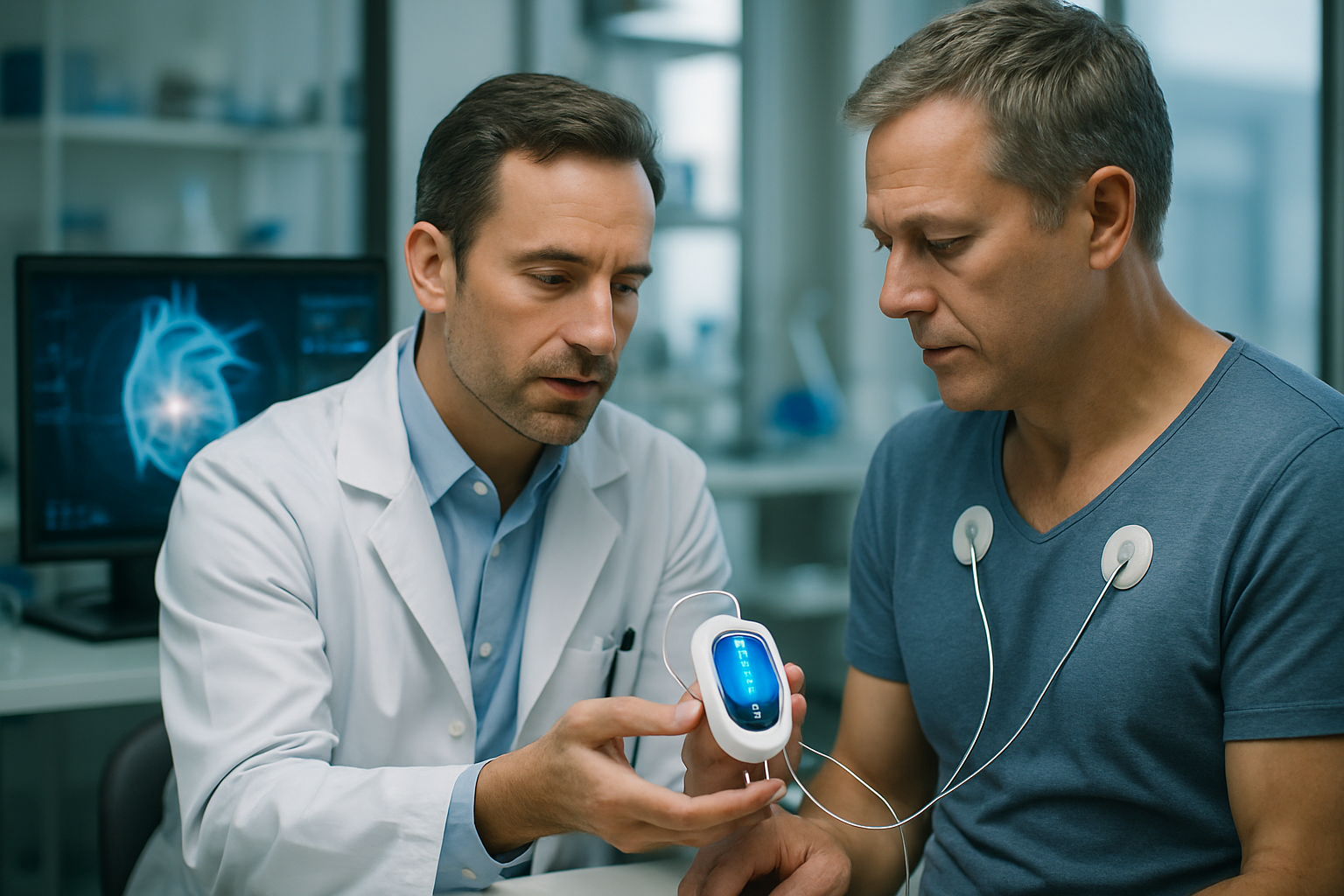Bioelectric Medicine: The Future of Healing
Imagine a world where chronic diseases are treated not with pills or invasive procedures, but with tiny electrical pulses. This isn't science fiction – it's the promise of bioelectric medicine, a revolutionary field that's reshaping our understanding of health and healing. But what exactly is bioelectric medicine, and how could it transform healthcare as we know it?

The Science Behind Bioelectric Medicine
At its core, bioelectric medicine is based on the principle that all living cells generate and respond to electrical signals. These bioelectrical signals play a crucial role in regulating various physiological processes, from heartbeats to immune responses. By manipulating these signals, researchers believe they can treat a wide array of health conditions without the side effects often associated with traditional pharmaceutical approaches.
The field draws on decades of research into bioelectricity, dating back to the 18th century when Luigi Galvani discovered that electricity could stimulate muscle movement in frogs. Today, advanced technologies allow scientists to map and modulate the body’s bioelectric networks with unprecedented precision, opening up new avenues for therapeutic intervention.
Pioneering Applications in Healthcare
Bioelectric medicine is already making waves in several areas of healthcare. One of the most promising applications is in the treatment of inflammatory diseases. Researchers have developed devices that can stimulate the vagus nerve, a key component of the body’s inflammatory reflex, to reduce inflammation in conditions like rheumatoid arthritis and Crohn’s disease.
In the field of neurology, bioelectric approaches are offering new hope for patients with spinal cord injuries. By applying electrical stimulation to the damaged spinal cord, scientists have helped paralyzed individuals regain some voluntary movement, challenging long-held beliefs about the permanence of paralysis.
Revolutionizing Chronic Disease Management
Perhaps the most exciting potential of bioelectric medicine lies in its ability to address chronic diseases that have long eluded effective treatment. For instance, researchers are exploring bioelectric therapies for type 2 diabetes, aiming to regulate blood sugar levels by modulating neural signals to the pancreas and liver.
In cardiovascular health, bioelectric approaches are being investigated as a means to regenerate heart tissue after a heart attack, potentially revolutionizing the treatment of heart failure. By applying specific electrical signals, scientists hope to stimulate the growth of new blood vessels and heart muscle cells, offering a regenerative approach to cardiac care.
Challenges and Future Directions
While the potential of bioelectric medicine is immense, the field faces several challenges. Developing precise, targeted therapies requires a deep understanding of the body’s complex bioelectric networks – a task that demands continued research and technological innovation.
Moreover, translating laboratory successes into clinical treatments involves navigating regulatory hurdles and ensuring the long-term safety and efficacy of bioelectric devices. As the field progresses, collaboration between researchers, clinicians, and regulatory bodies will be crucial in bringing these innovative therapies to patients.
Electrifying Facts About Bioelectric Medicine
• The human body generates about 100 watts of power at rest, equivalent to a bright light bulb.
• Bioelectric signals in the body travel at speeds up to 120 meters per second.
• The first commercial bioelectric device, the cardiac pacemaker, was implanted in 1958.
• Some fish, like electric eels, can generate electric fields up to 860 volts.
• Researchers are developing bioelectric bandages that accelerate wound healing by mimicking the body’s natural electric fields.
As we stand on the brink of a new era in medicine, bioelectric therapies offer a glimpse into a future where healing is precise, personalized, and powered by the body’s own electrical rhythms. By tapping into these fundamental biological signals, we may soon have the tools to address some of our most challenging health issues, ushering in a new chapter in the story of human health and longevity.





